
Moano kali. (Parupeneus cyclostomus). Photo: Kristen Kelly
We aim to discover key aspects of life history for the target species of this project: size at maturity and seasonality of spawning. These two life history characteristics are essential to understanding species biology and among the most actionable with respect to fishery management, since they can be used to determine size limits and seasons.
How can you help? Please contribute gonad samples of your munu and moano kali to us! We will take measurements and extract the gonads, and then you will have your fish back to take home for dinner. Me, I usually go for steamed with watercress and boiling peanut oil !

Munu (Parupeneus insularis)

The barbels on this munu are completely black, indicating that it is a fully grown male.

The yellow barbels on this munu indicate that it is either a juvenile male or a female.
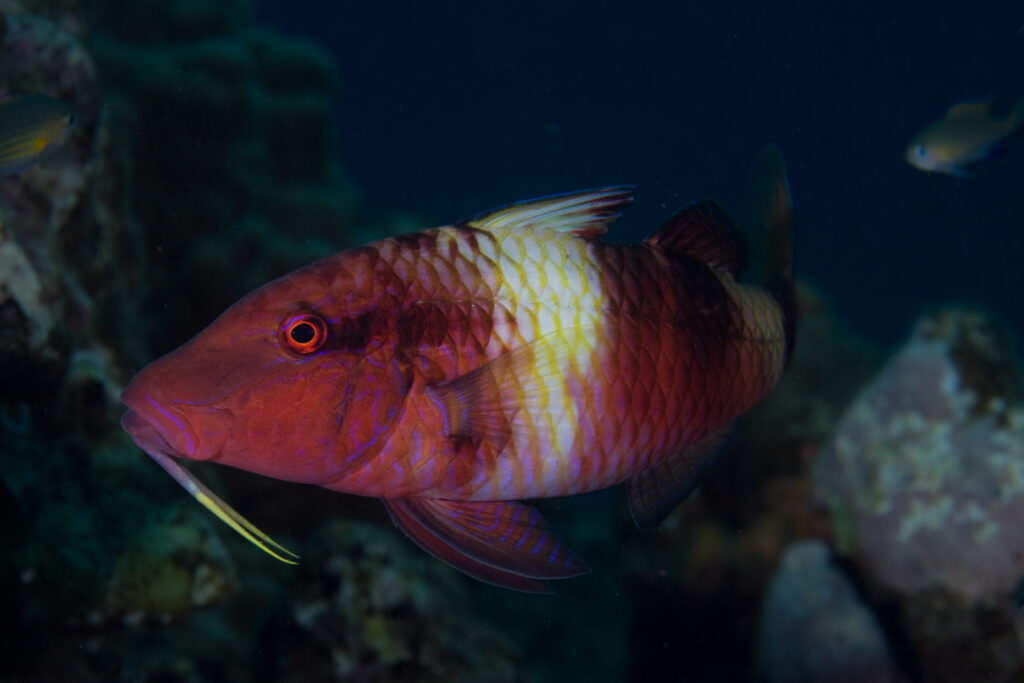
This is Parupeneus multifasciatus which is related to the munu and moano kali but isn’t one of the target species for our project.
We are also targeting 5 species of nenue which can be difficult to tell apart. There are a few indicators that can help us to distinguish between the different species, such as the shape of the fins, dorsal soft ray count, coloration, and length of the pelvic fin. The shape of the fins and the coloration are quick and easy metrics but are usually not decisive or objective enough to make a positive ID.
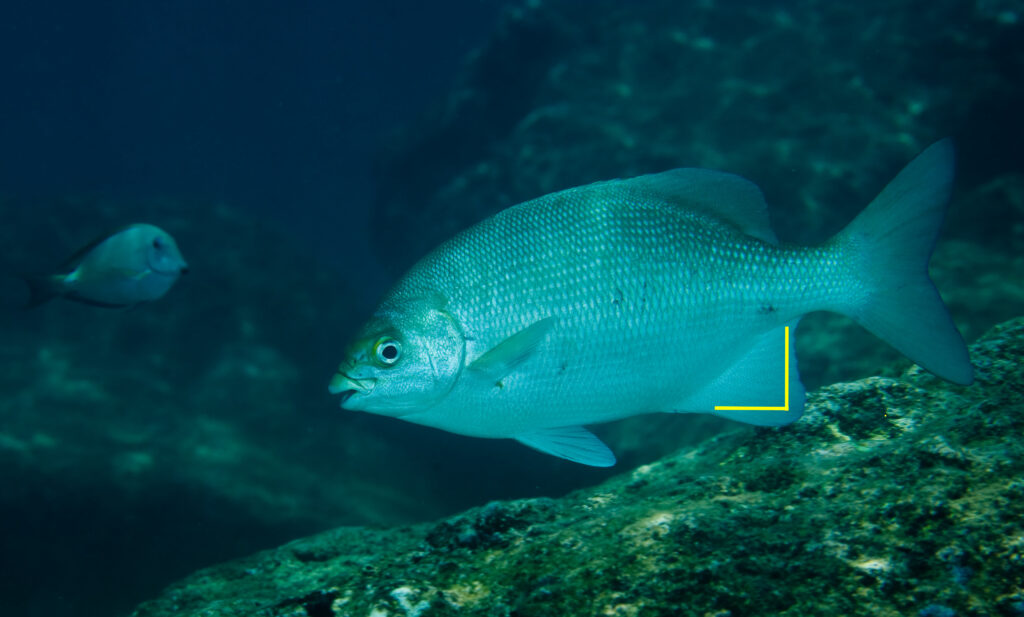

Fortunately, we can also count the number of soft dorsal rays for more objective identification.
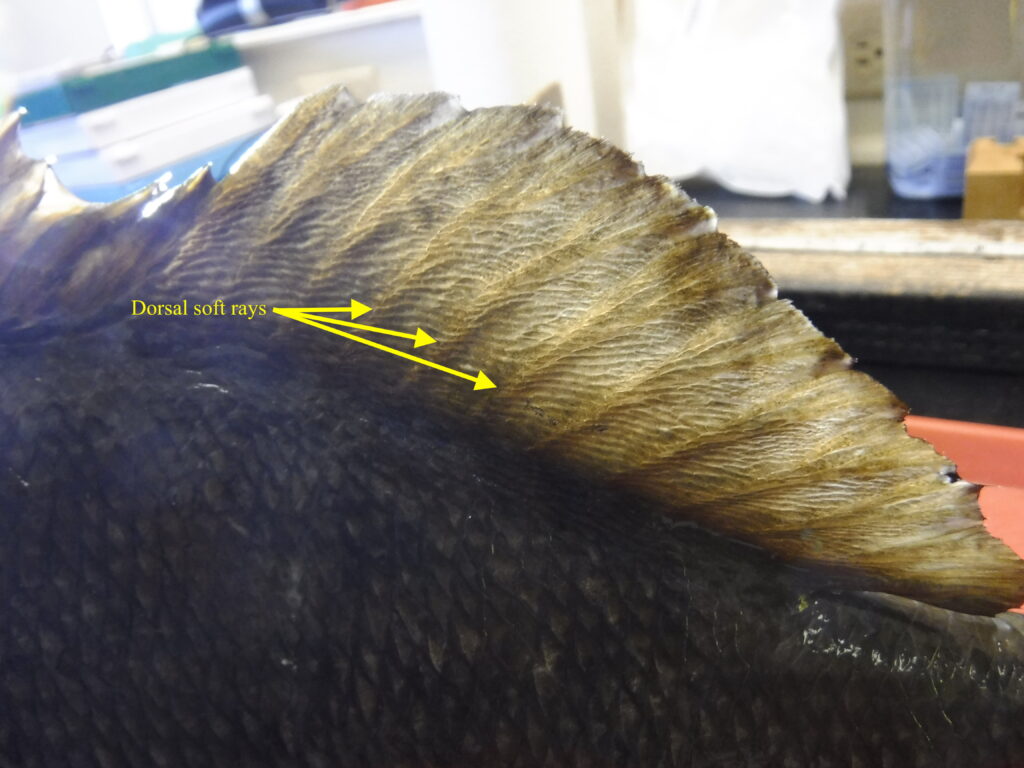
Size at maturity is determined by sampling individuals across a size range and determining which ones are sexually mature. The keiki fish have tiny gonads that weigh almost nothing in comparison to their body weight. Once they become sexually mature, the gonads become much larger. The ratio of gonad weight to body weight is called “gonadosomatic index”, or GSI. If we draw a graph of GSI vs. length, we can see that it suddenly goes up at the length of maturity.

So how do we do this? We carefully dissect out the gonads, and the weigh them on a scale that can detect one thousandth of a gram … that is a very small amount of weight, so a slight breath of wind will make the scale dance all over.

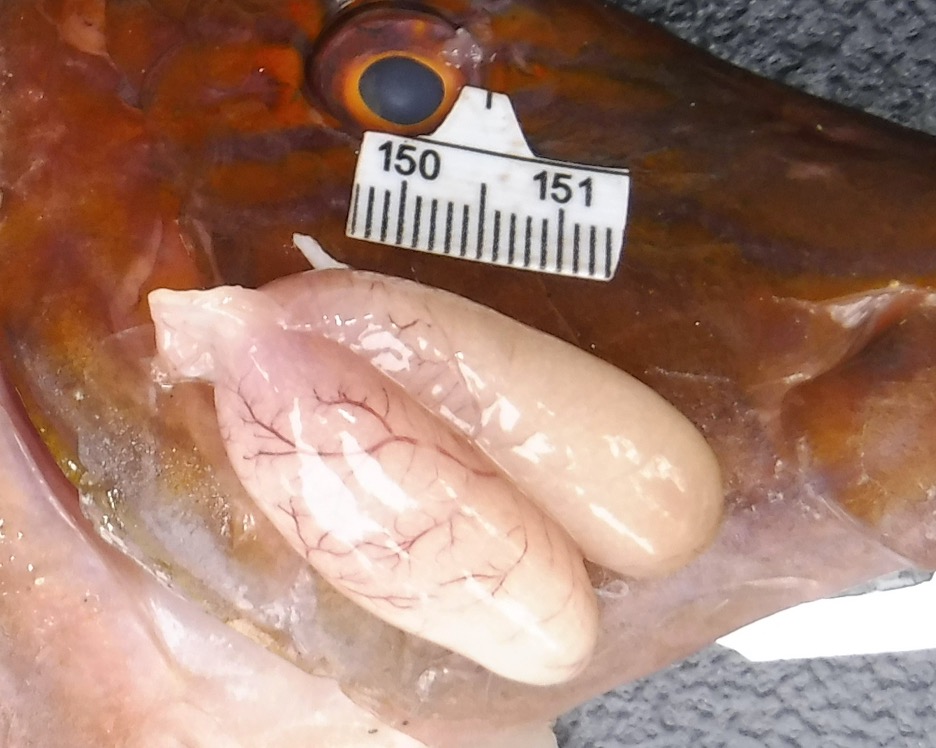
We also take some of the eggs and look at them under a microscope. This allows us to tell if the fish is getting ready for spawning. In the runup to spawning, the eggs change from tiny clear spheres into much larger dark colored spheres full of granules.
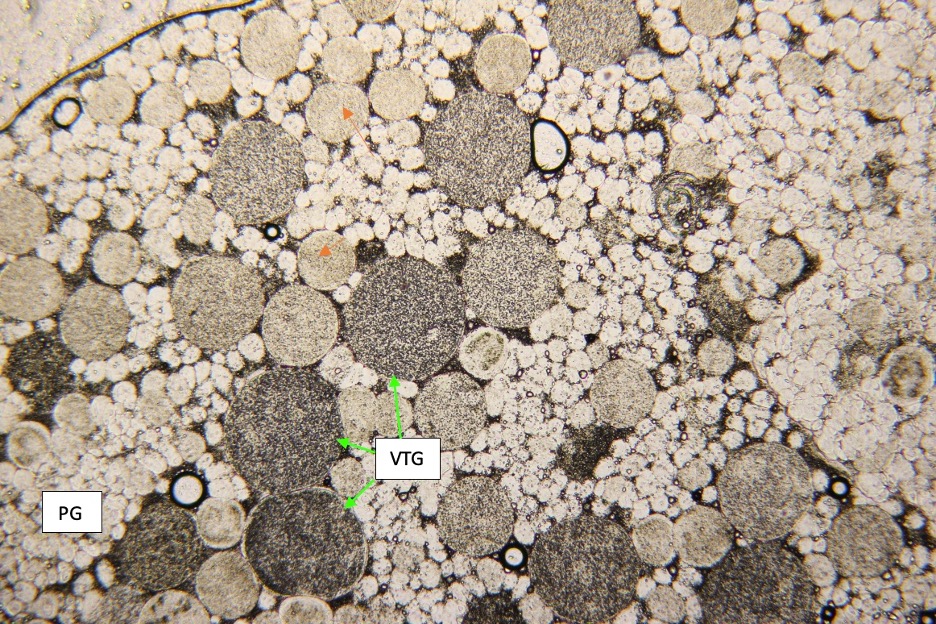
Once the eggs have developed through vitellogenesis they become large and transparent with a single yolk globule. Hydrated eggs indicate that the fish is currently spawning.

We record the time of year when each fish was caught so we can determine the seasonality of spawning. Plotting the month against the GSI helps us visualize what time of year the relative gonad size is largest.

All photographs by Kevin Weng unless otherwise noted, and all copyrighted. Please contact me for use!
